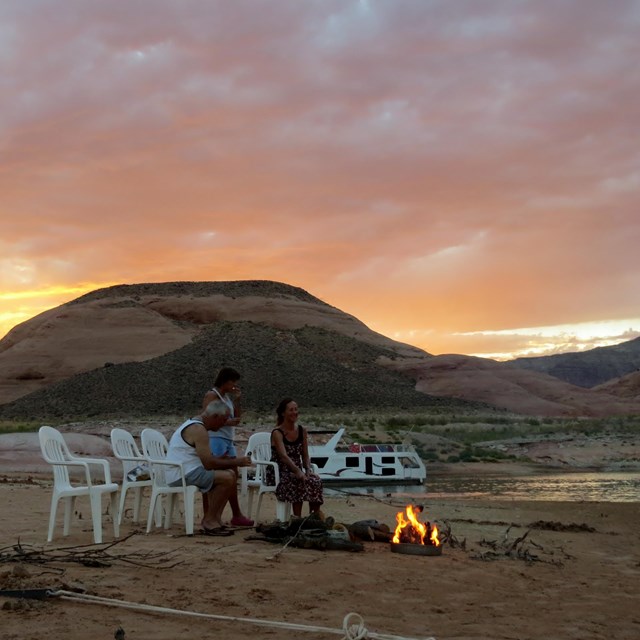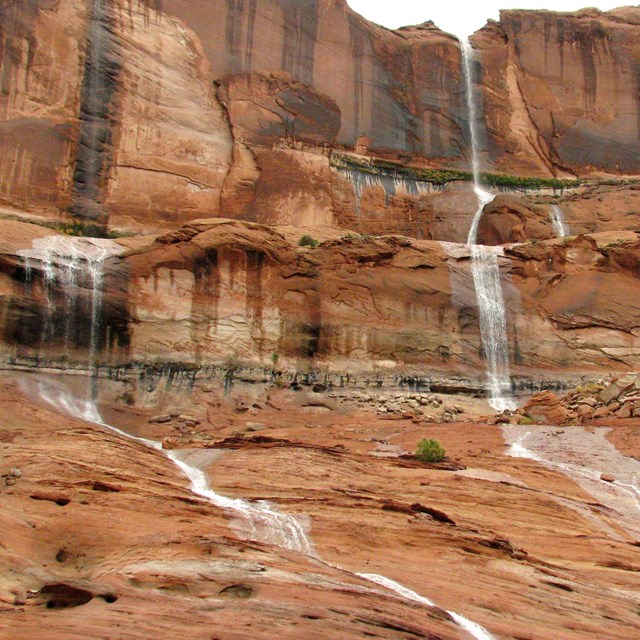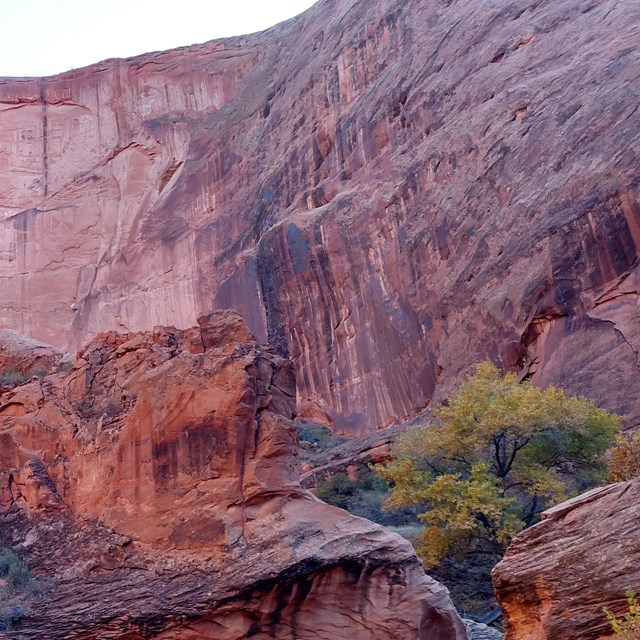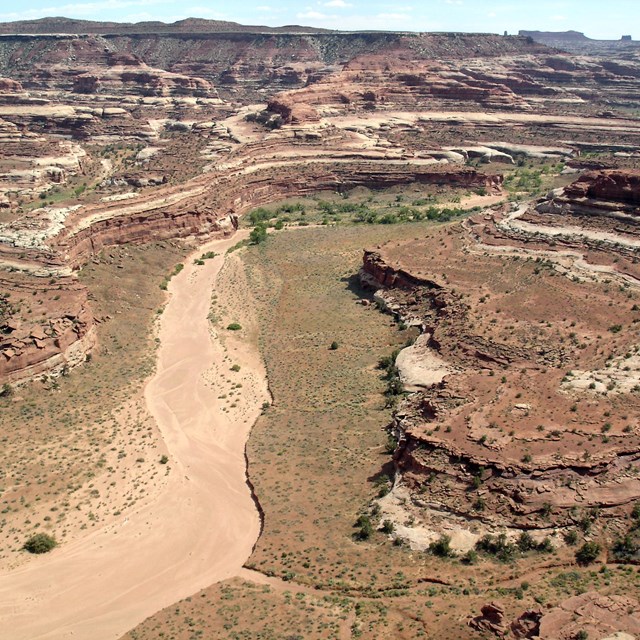
NPS 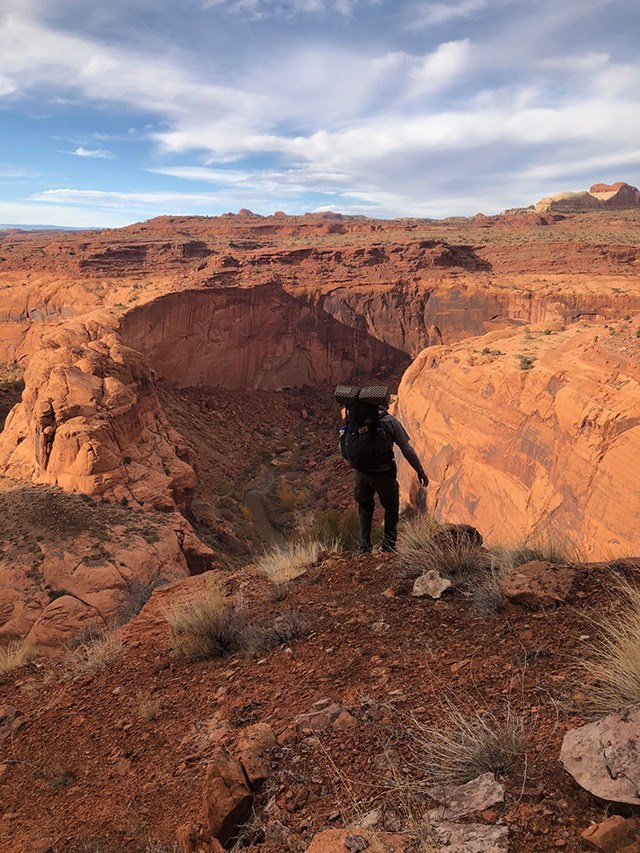
NPS Glen Canyon Proposed WildernessThe Glen Canyon National Recreation Area proposed wilderness is a place where canyons collide with sandstone flats and mesas rise from vast desert expanses. Great rivers rage by steep canyon walls and trickling streams sustain an astonishing diversity of life in the dry desert heat. Relict communities of pinyon juniper, blackbrush, and yucca thrive. Even when people practice humility, respect, and restraint in relating to the natural world, people are nonetheless an integral part of this wilderness. Culture connects the diverse landscapes that comprise the Glen Canyon National Recreation Area wilderness.This region has defined the lives of people since prehistoric times. Indigenous people, historic pioneers, miners, and ranchers roamed this land for ages prior to its wilderness proposal. Today, the observant explorer may find themself amidst the remains of an ancient dwelling, or walking along a historic trail as the Glen Canyon National Recreation Area wilderness continues to entice, challenge and awe. Over Half of Glen Canyon's Land AreaGlen Canyon National Recreation Area is located in the heart of the rugged, remote and inaccessible canyon country of northern Arizona and southern Utah. It occupies approximately 1,255,000 acres in the Colorado Plateau and shares boundaries with Grand Canyon National Park, Capitol Reef National Park, Canyonlands National Park, Rainbow Bridge National Monument, Bears Ears National Monument, Grand Staircase- Escalante National Monument, and the Navajo Nation. 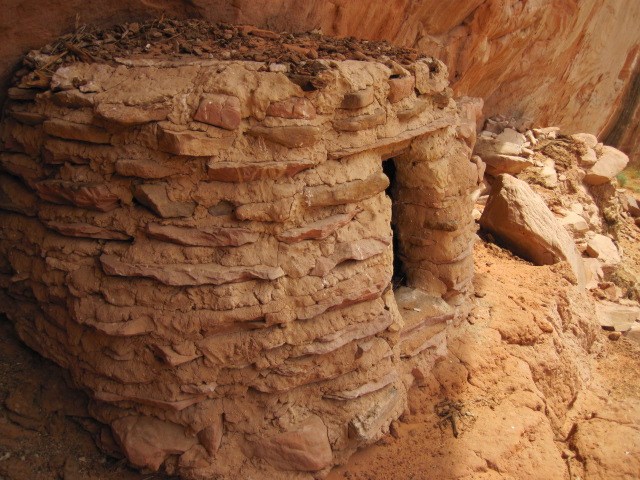
NPS Historic and Ongoing Human ConnectionsContemporary tribes possess a deep historical, cultural, emotional, and spiritual connection toward the same landscape European Americans know and revere as wilderness. Native Americans have lived in association with the Colorado River and its tributaries for at least 11,000 years. Seven contemporary tribes continue to recognize the Glen Canyon region as their ancestral homeland based on migration histories, residential villages and encampments, cosmologies, and traditional uses. These tribes include:
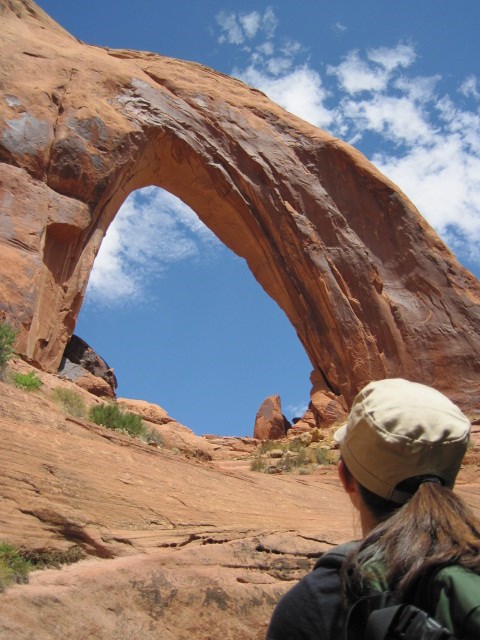
NPS Benefits of WildernessThe benefits of wilderness are many. Wilderness is a place where we can feel part of, rather than apart from, the rest of the natural world. Wilderness can be a preserve for intact ecosystems and unique geologic formations, like Broken Bow Arch, and it offers opportunities for us to develop unique connections to these places, be it on our own or with family and friends. Wilderness also offers diverse and distinct social, cultural, and ecological benefits rooted in wilderness character preservation. This holistic concept protects the biophysical environment, personal experiences, and symbolic meanings that collectively distinguish wilderness from general backcountry and frontcountry areas on federal lands. Opportunities for connection are not disrupted by unwanted sights and sounds of others. Achieving this quality is deeply personal and experientially varies among people and cultures. Show me the wilderness!
|
Last updated: August 28, 2024

